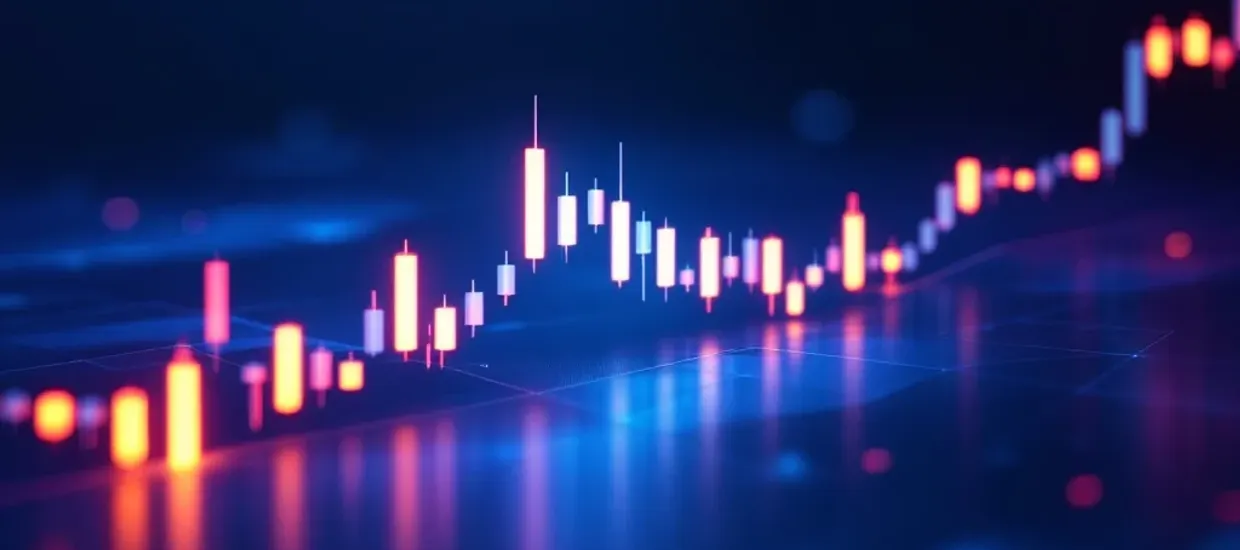- Industrial demand (electronics, solar panels, medical applications)
- Investment demand (coins, bars, ETFs)
- Mining production and supply
- Global economic conditions
Why is silver going down?

Recently, the silver market has been experiencing significant fluctuations, which makes many investors and market analysts wonder: why is silver getting cheaper? Let's look at the various factors contributing to the decline in silver prices, considering both short-term and long-term trends affecting the precious metals market.
Before we explore the reasons behind the current price decline, it's essential to understand the fundamentals of the silver market. Silver, unlike gold, has both industrial and investment uses, making its price sensitive to a wide range of economic factors.
Several interconnected factors are contributing to the current downward trend in silver prices. Let's examine each of these in detail to answer the question: why is silver going down?
One of the primary reasons for silver's price decline is the strengthening US dollar. As silver is priced in US dollars, a stronger dollar makes silver more expensive for foreign buyers, potentially reducing demand.
| Factor | Impact on Silver Price |
|---|---|
| Strong US Dollar | Negative |
| Weak US Dollar | Positive |
Higher interest rates can negatively impact silver prices in two ways:
- Increased opportunity cost for holding non-yielding assets like silver
- Reduced industrial demand due to higher borrowing costs
Economic slowdowns can reduce industrial demand for silver, putting downward pressure on prices. This is particularly relevant when considering why is silver going down today, as recent economic data has shown signs of slowing growth in major economies.
In times of economic uncertainty, investors often flock to safe-haven assets. However, silver's dual role as both an industrial and precious metal can lead to conflicting price pressures during economic downturns.
| Investor Sentiment | Impact on Silver Price |
|---|---|
| Risk-On | Negative |
| Risk-Off | Mixed (Safe-haven vs. Industrial demand) |
While demand-side factors play a significant role in silver's price movements, supply-side considerations are also crucial in understanding why is silver going down.
Advancements in mining technology and the discovery of new silver deposits have led to increased production in recent years. This expansion in supply can put downward pressure on prices, especially if not matched by corresponding growth in demand.
The recycling of silver from industrial applications and consumer goods contributes to the overall supply. As recycling technologies improve and become more cost-effective, this secondary supply can impact market prices.
- Electronic waste recycling
- Photographic film and paper recycling
- Industrial scrap recovery
To gain a broader perspective on silver's performance, it's useful to compare it with other precious metals.
| Metal | Industrial Use | Investment Demand | Price Volatility |
|---|---|---|---|
| Silver | High | Moderate | High |
| Gold | Low | High | Moderate |
| Platinum | High | Low | High |
| Palladium | Very High | Very Low | Very High |
This comparison highlights silver's unique position in the precious metals market, with its price influenced by both industrial and investment factors.
While current trends suggest downward pressure on silver prices, the market remains dynamic and subject to change. Several factors could potentially reverse the current trend:
- Increased industrial demand, particularly in emerging technologies
- Shifts in monetary policy and interest rates
- Changes in global economic conditions
- Supply disruptions or constraints
The question "why is silver going down" is complex and multifaceted. The current decline in silver prices can be attributed to a combination of factors, including a strong US dollar, rising interest rates, slowing global economic growth, and shifts in supply and demand dynamics. While these factors are currently exerting downward pressure on silver prices, the market remains subject to rapid changes based on evolving economic conditions and investor sentiment.
Understanding these dynamics is crucial for investors and industry participants alike. As with any investment, it's important to consider both short-term fluctuations and long-term trends when making decisions related to silver. By staying informed about the various factors influencing the silver market, investors can make more educated decisions and better navigate the complexities of precious metals investing.
FAQ
What are the main factors causing silver prices to decline?
The main factors include a strengthening US dollar, rising interest rates, slowing global economic growth, and reduced investment demand. Supply-side factors like increased mining production and improved recycling techniques also contribute.
How does industrial demand affect silver prices?
Industrial demand plays a significant role in silver pricing. When industries that use silver (like electronics or solar panel manufacturing) experience slowdowns, it can lead to decreased demand and lower prices.
Is the current decline in silver prices likely to continue?
While current trends suggest continued downward pressure, the silver market is dynamic and subject to change. Future price movements will depend on factors such as global economic conditions, monetary policies, and technological advancements in industries that use silver.
How does silver compare to gold as an investment?
Silver tends to be more volatile than gold due to its dual role as both an industrial and precious metal. Gold is often seen as a more stable safe-haven asset, while silver can offer potentially higher returns but with greater risk.
Can increased recycling of silver impact its price?
Yes, improved recycling technologies and increased secondary supply from recycled sources can contribute to overall silver supply, potentially putting downward pressure on prices if not matched by corresponding demand growth.